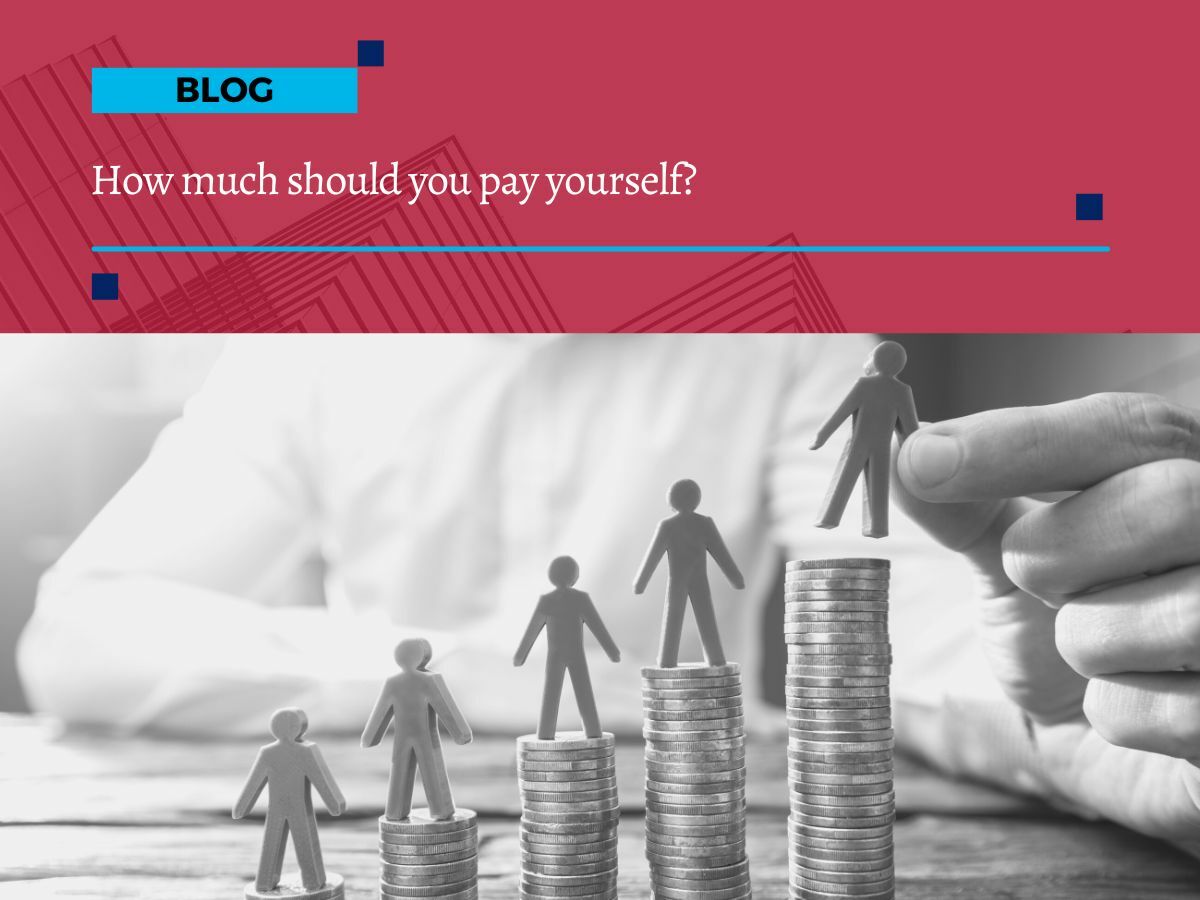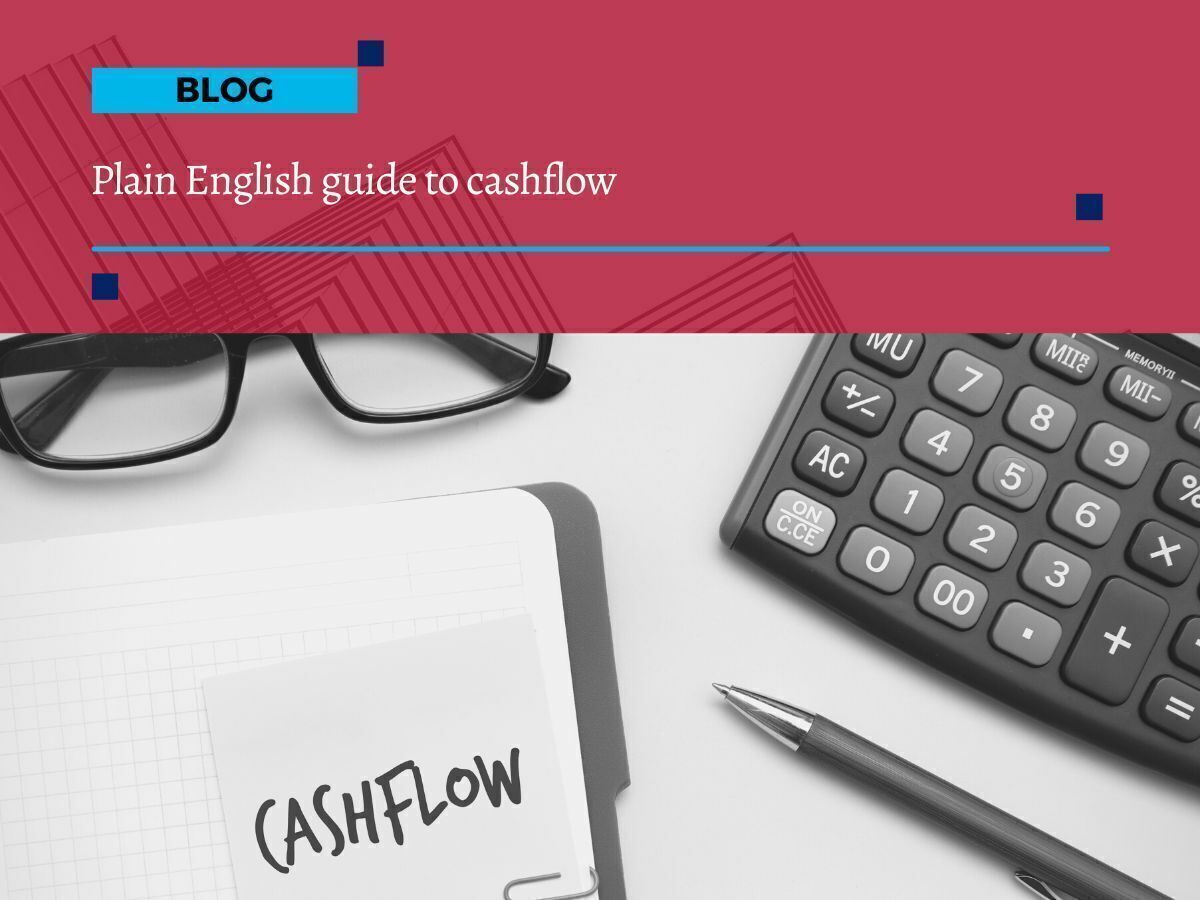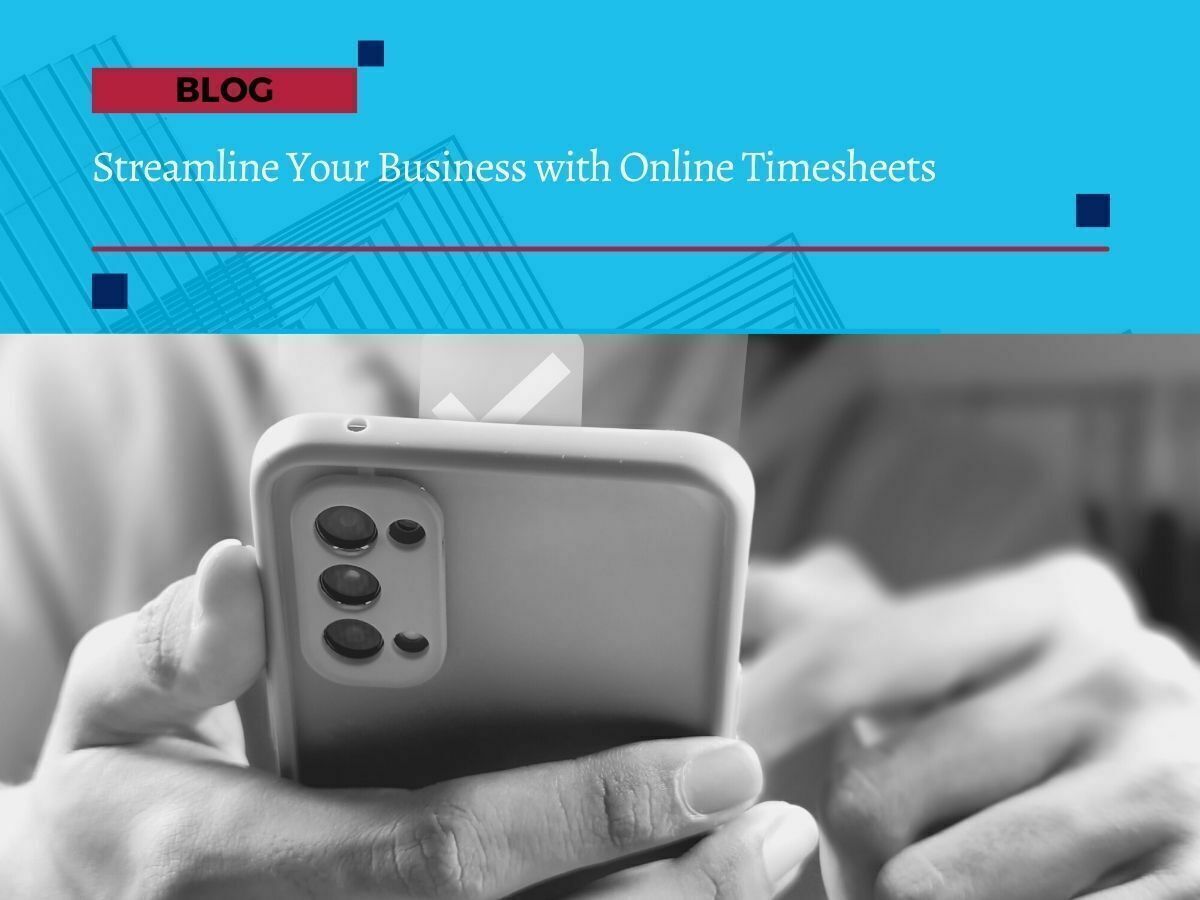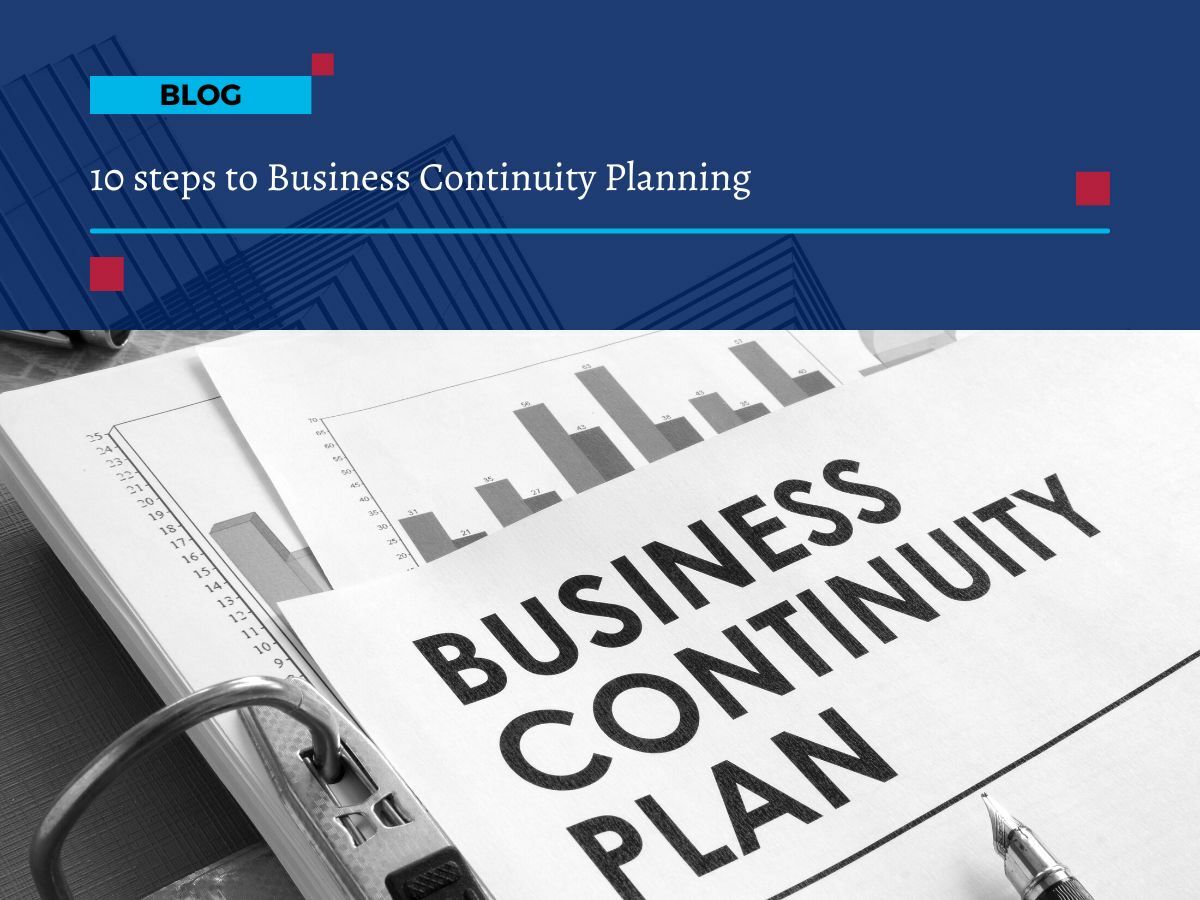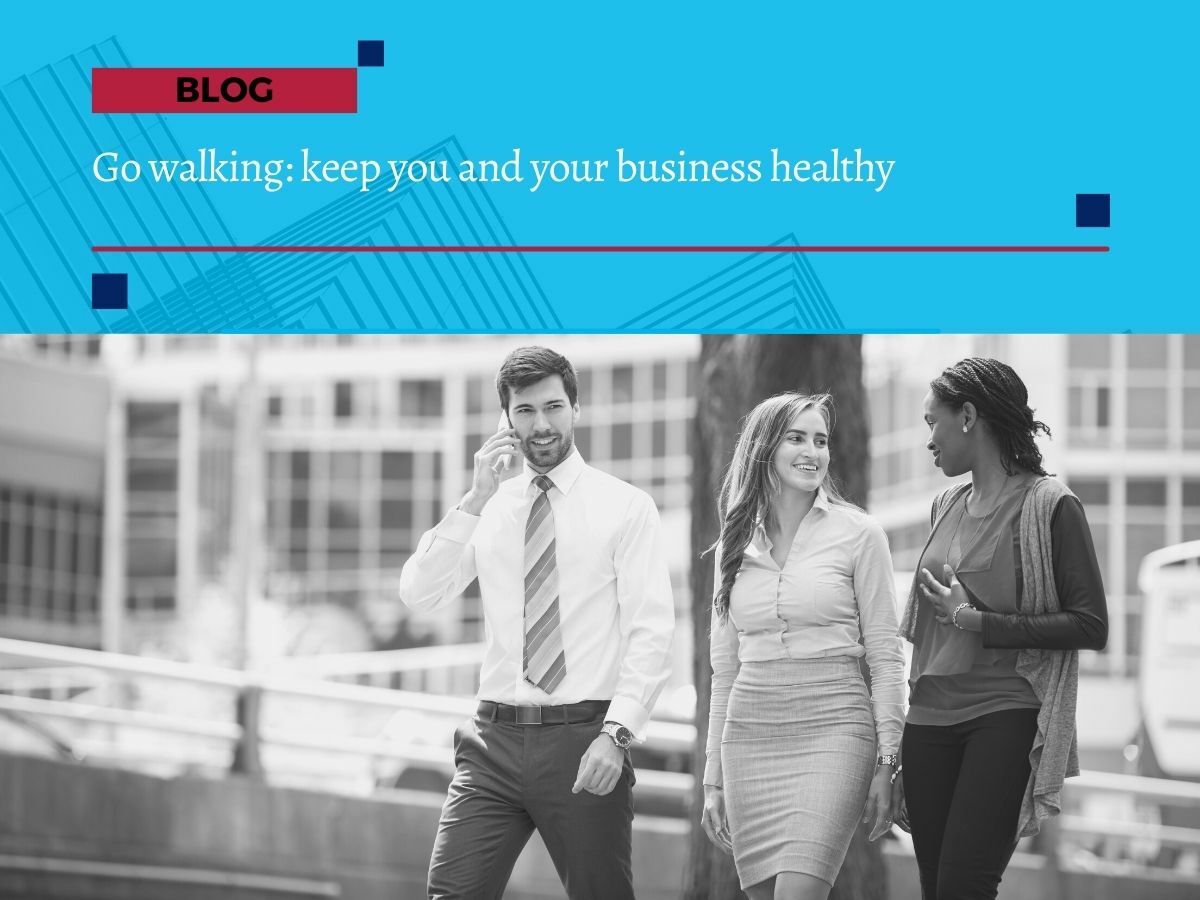What to consider when buying a business
Purchasing an existing company is a great way to expand your business empire. You can buy out a close competitor, or dip a toe into a new industry and expand your reach as a business group. But whatever the reason for the acquisition, you need to ensure you’re not buying a lemon!
Doing your research is a crucial part of the purchase process. As is asking some probing and insightful questions to help you determine if this acquisition is a good (or bad) idea.
Questions to ask before you make an offer
Buying another company is a major business decision. It’s a large outlay of capital and a big responsibility to take on. If you’re going to take the leap, it’s important to make sure the company in question is stable, well-managed and has a good future ahead of it.
So, how do you know what to consider when buying a business?
Here are five vital questions to ask before entering into a purchase:
Why is the business for sale?
There are many reasons why an owner might want to offload a company, not all of them good. Their sales may be dropping, they may have rising debts, there may be internal problems with staff or the market for their product/services may be coming to an end. Find out why, so you don't buy a clanger.
Is this a good industry to step into?
Do your research on the industry, competitors, and marketplace that the business currently trades in. It's important that you step into an industry sector that has potential for sales, growth, stable revenues and potential profits. With volatile markets post-pandemic, looking at predictions and forecasts for your chosen industry niche makes good sense and helps you make an informed decision.
Have you done your due diligence into the business?
Do your due diligence to make sure there are no financial, legal or HR skeletons in the cupboard that may jump out to surprise you. Is there an unpaid tax bill? Are there loans that are being defaulted on? Are there any legal cases being brought against the company? Has the business filed all its returns and accounts? As the new owner, any of these issues become your responsibility, so you want to check out the company’s records and history in as much detail as possible. This will prevent some major headaches further down the line.
Does it have an existing business plan?
You'll need a business plan that takes the company forwards and gives you a pathway for your next steps as the owner. Is there a business plan you can use? When was the plan last updated? How well are they tracking against the milestones in that original plan? No business plan is written in stone, so you’ll almost certainly need to review, update and refine this strategy post-acquisition.
Are your management team and staff up to scratch?
When you buy the business, you'll usually also be inheriting the team behind that company. Do you have a management team with the skills, experience and motivation that's needed? Are your employees engaged and do you have a big enough team to meet your own goals for the business? This team will be vital to your future success, so you want the best possible people and talent behind you as you steer a new course for the company.
These questions are not the only thing you need to consider when buying a business. It's vitally important to have a detailed understanding of the financial situation of the business you are looking to purchase.
Assessing the Financial Situation of the Business
Understanding the financial situation of the business is a critical step in your due diligence process. Here are some specific questions to ask and aspects to consider when assessing the financial stability of the company:
Review Financial Statements
Request access to the company's financial statements, including balance sheets, income statements, and cash flow statements for the past few years. Analyse these documents to assess the company's revenue trends, profitability, and overall financial performance. Look for any red flags such as declining revenues or consistent losses.
Verify Assets and Liabilities
Examine the company's assets and liabilities. Are there any outstanding loans or debts that will become your responsibility as the new owner? Ensure that all assets, including equipment, inventory, and real estate, are accurately represented and in good condition.
Check Cash Flow
Cash flow is the lifeblood of any business. Review the company's cash flow history to determine if it has consistently generated positive cash flow. Negative cash flow or irregularities can indicate potential financial challenges.
Assess Accounts Receivable and Payable
Examine the accounts receivable to see if there are unpaid invoices from customers. On the flip side, analyse the accounts payable to ensure there are no outstanding bills that could create financial strain upon acquisition.
Tax Compliance
Verify that the business is up-to-date with its tax obligations. Unresolved tax issues can lead to legal and financial complications for the new owner.
Employee Compensation and Benefits
Understand the company's obligations regarding employee compensation, benefits, and retirement plans. Ensure that all contracts and agreements are in compliance with labour laws and industry standards.
Profit Margins
Calculate the company's profit margins to gauge its profitability. Are the margins healthy, or is there room for improvement? This information can help you plan for future growth and profitability.
Sales and Revenue Sources
Investigate the company's customer base and revenue sources. Are there any over-reliances on a single customer or a specific product or service? Diversification can reduce risk.
Future Projections
Request a detailed business plan or financial projections from the current owner. Assess the validity and achievability of these projections, keeping in mind that post-acquisition adjustments may be necessary.
Industry Comparisons
Compare the company's financial performance to industry benchmarks. This will help you determine if it is performing above or below industry standards.
Asking these financial questions and conducting a thorough financial analysis will provide you with valuable insights into the financial stability of the business you're considering acquiring.
At First Class Accounts Ovens & Murray and Busy01 Consulting, we understand the significance of a comprehensive financial assessment when acquiring a company. We can assist you in what to consider when buying a business, including conducting a thorough financial due diligence process, analysing financial statements, and creating a strategic plan for your future ownership.
Contact us today to discuss your acquisition plans.
